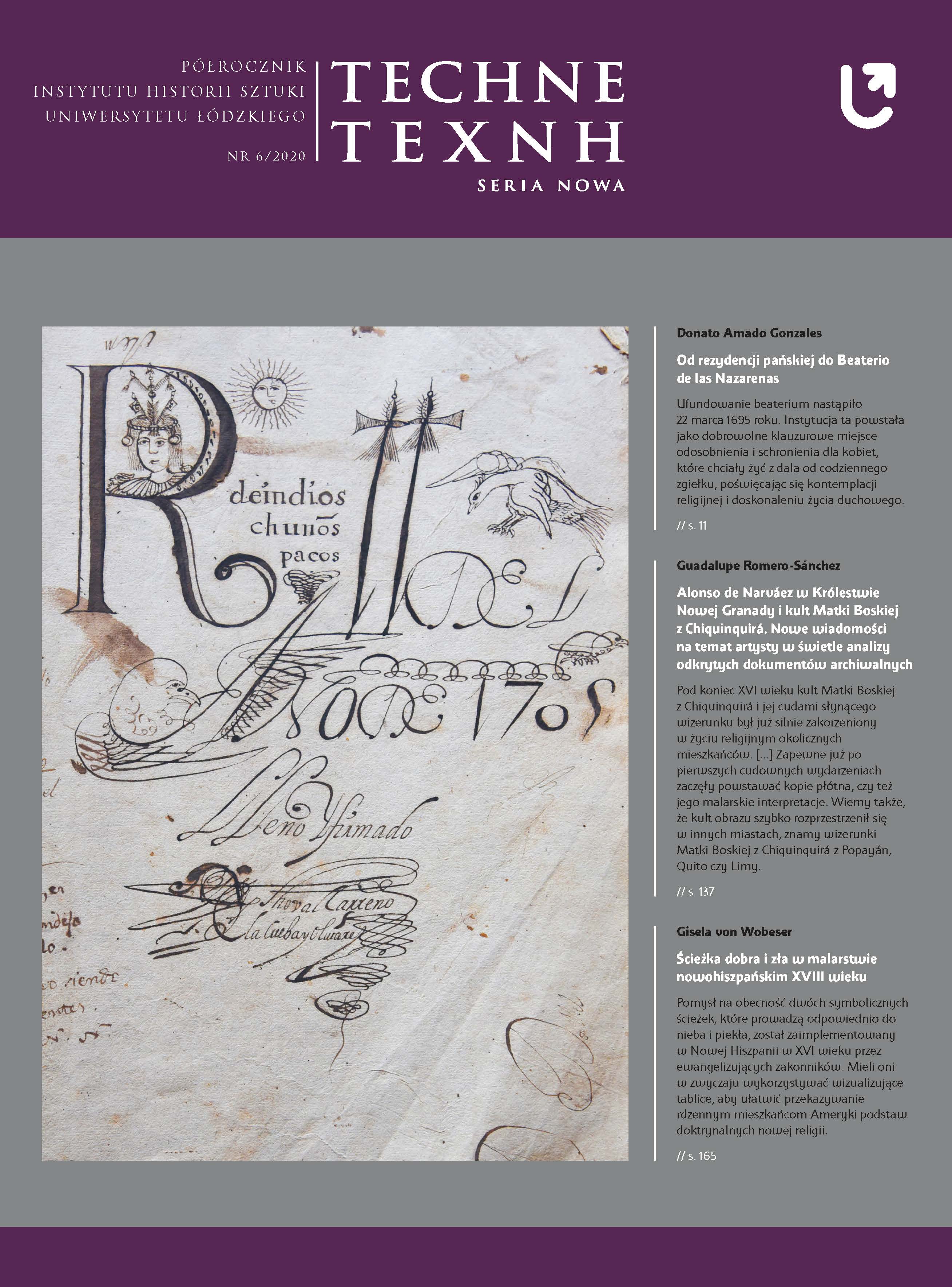Motyw kawii domowych (świnek morskich) w malarstwie europejskim doby nowożytnej
Motif of Cavia Porcellus (Guinea Pigs) in Modern European Painting
Author(s): Joanna StrzemeckaSubject(s): Fine Arts / Performing Arts, Architecture, History of Art
Published by: Wydawnictwo Uniwersytetu Łódzkiego
Keywords: Cavia Porcellus; guinea pig; European painting; modern iconography
Summary/Abstract: This paper presents European reception of a guinea-pig motif on the example of paintings from the 16th to 18th centuries. Interpretation of its significance in early Europe is interesting insofar as it concerns an animal with an already established cultural function. After all, the guinea pig’s homeland is South America, where it was bred for food, but also played an important social and religious role. When a domestic guinea pig was brought to Europe, it fundamentally changed its original role. As a new animal with exotic connotations, it gained the status of a valuable faunal specimen and soon became a breeding animal extremely fashionable among the upper class.This evolution can be observed in the field of art. Cavia Porcellus starts to be depicted in representations of a zoological and scientific nature. Initially, the image of a guinea pig is placed in lexicons, and from there it makes its way into elaborate animalistic compositions that enable depiction of the widest possible spectrum of diverse fauna. A natural history perspective, which incorporated a guinea pig into the European bestiary, significantly influenced further development of, now independent, images of the animal. They became most widespread at the turn of the 17th and 18th centuries, especially among artists associated with court circles. Created for wealthy collectors, these depictions expressed a peculiar fashion for this particular animalistic theme, as evidenced by mutual borrowings among painters taking up the motif.
Journal: TECHNE. Seria Nowa
- Issue Year: 2020
- Issue No: 6
- Page Range: 77-102
- Page Count: 26
- Language: Polish

